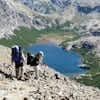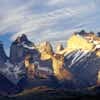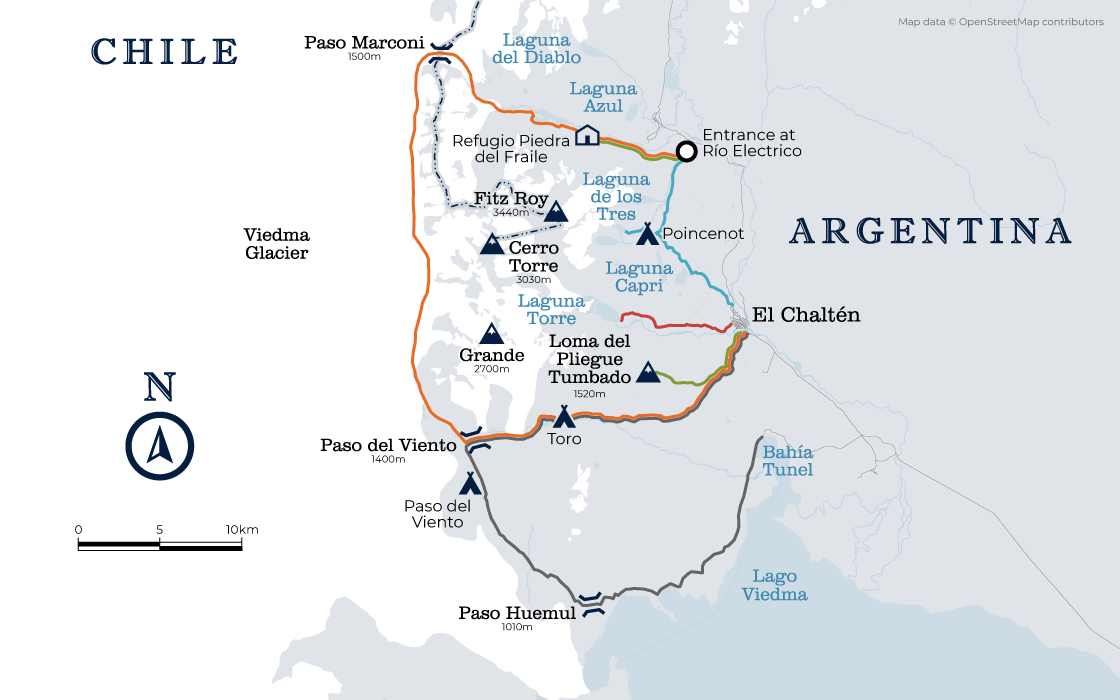Nearly Nowhere: The story of the trekking capital of Argentina
El Chaltén wasn’t set up for trekking. It wasn’t really set up for people. It began life as a geopolitical pawn; an outpost of the Argentine government to stake a claim to the wilderness between Argentina and neighbouring Chile. The tapestry of individuals that created this place, from climbers and adventurers, to gauchos and pioneers, left an indelible mark on the location and created something unexpected.
The History of El Chaltén
For early settlers to the region life was hard. Travelling by horse or foot from Buenos Aires and having to navigate the vast pampas and rugged terrain of the Andes would have taken several months to arrive. It wasn’t until 1985, long after climbers had begun to explore the region, that El Chaltén was officially founded. Use the timeline to explore El Chaltén’s full history.
-
1877
-
1903
-
1937
-
1952
-
1959
-
1968
-
1970
-
1974
-
1985
-
2015
Our Favourite Treks from El Chaltén
Select a route to view stats
Laguna de los Tres
Laguna de Los Tres is the hike to do in Los Glaciares National Park. Coined “the hike to the logo,” this route takes you to the lookout for Fitz Roy, the mountain that gives its outline to the Patagonia brand.
20km | 12.4 miles
+804m | 2,638ft
8-9hrs

Huemul Circuit
One of the best and most challenging multi-day treks in Los Glaciares National Park. Windy mountain passes, steep terrain, but your rewards are some of the best views of Viedma Glacier and the Southern Patagonian Ice Field.
55km | 34 miles
+2191m | 7188ft
4 days
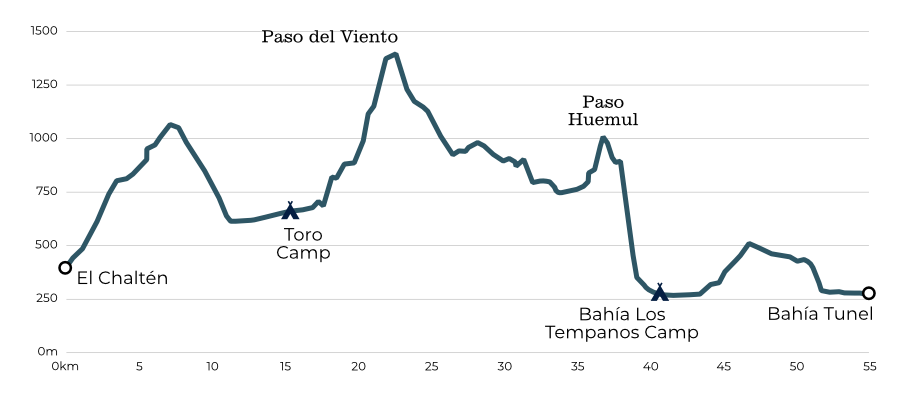
Loma del Pliegue Tumbado
Loma del Pliegue Tumbado is the best way to get off the beaten track in Los Glaciares. This hike is a favourite of local guides’ and gives you the zoomed out perspective of the entire mountain range.
20km | 12.4 miles
+1,084m | 3,556ft
8-9hrs

Ice Field Expedition
This is more than just a trekking adventure, this is an expedition style trip. Looping around the Los Glaciares Massif with Fitz Roy towering above you. You’ll sleep at the feet of Cerro Torre and enjoy a few days of the Huemul Circuit as you exit by the Viedma Glacier.
68km | 42 miles
+2128m | 6982ft
8 days

Laguna Torre
Cerro Torre is the most popular out-and-back hike from town, with an initial ascent to the first viewpoint and then a moderate, undulating path to the iceberg-filled waters of laguna Torre.
18km | 11.2 miles
+382m | 1,253ft
7-8hrs

Piedra del Fraile
A beautiful hike that takes you a little more off the beaten path than others in the region. Stunning mountain views throughout the hike and a great route for avoiding the crowds.
6.5km | 4 miles
+68m | 223ft
2hrs

There’s so much more to El Chaltén and Los Glaciares National Park. You have so much history and culture - the pioneers, the climbers - and you can still feel that in El Chaltén today. You’ve got famous mountaineers, famous climbers and they’re walking the same streets that someone going for their very first trek is also walking.
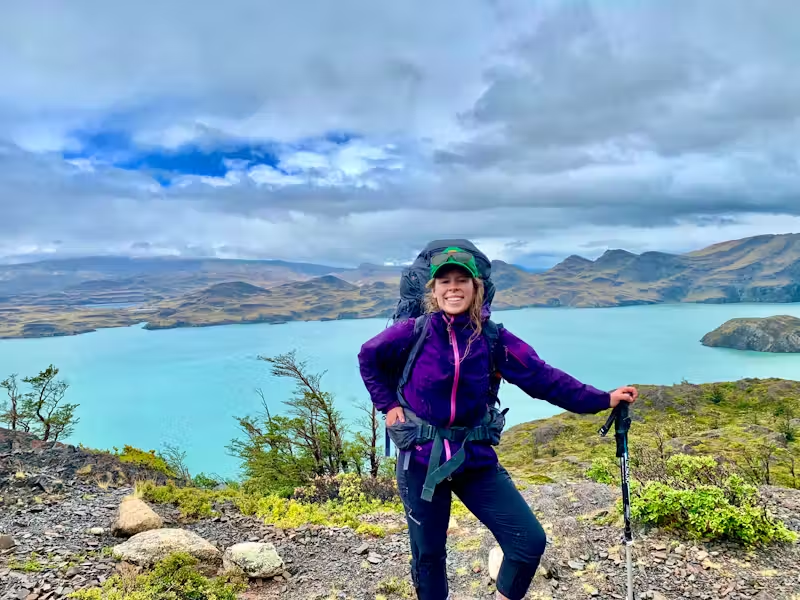
Meet Sarah Patagonia Trekking Expert
Views around El Chaltén
El Chaltén Today
El Chaltén is often referred to as the South American Mecca for trekking. A large part of that is owed to its incredible location but the culture of the town itself is central to how it is viewed amongst trekkers. It is a hive of gear stores, bakeries, bars and restaurants, all of which pay homage to the climbers, trekkers, and adventurers that paved the way for the town to become what it is today.



